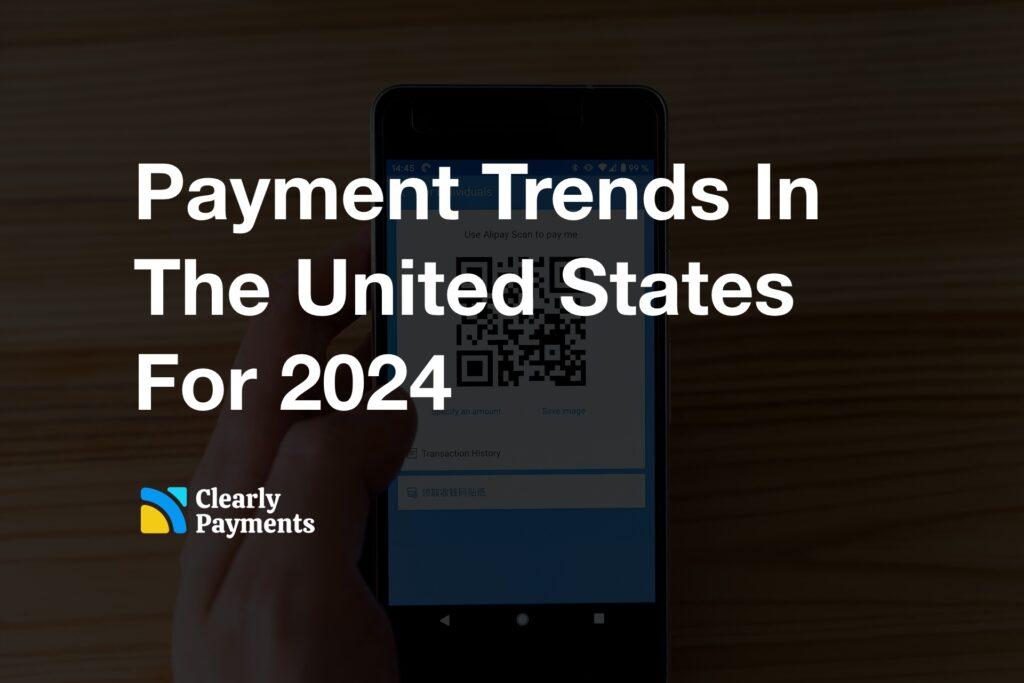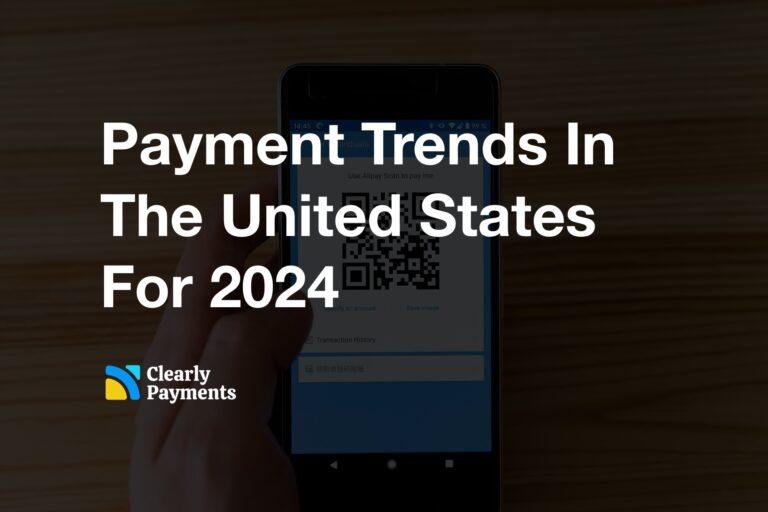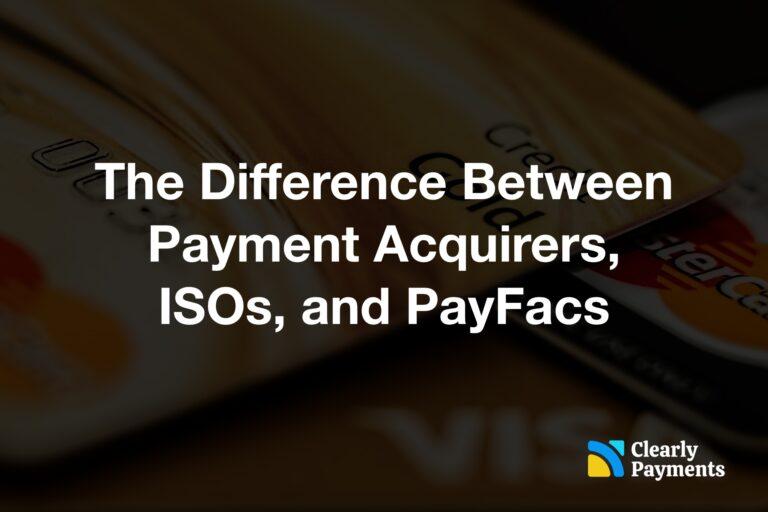As technological advancements continue to unfold, the payment landscape in the United States is poised for a transformative journey in 2024 and beyond. These key trends are set to redefine how consumers and businesses engage with payments, introducing innovation and unparalleled convenience.
The Continued Surge of Contactless Payments
Contactless payments, facilitated by tap-to-pay cards, mobile wallets, and wearable devices, are set to maintain their upward trajectory. Projections indicate that over 60% of all in-store transactions in the United States will be contactless in 2024. The appeal lies in the seamless and secure experience they offer, with consumers relishing the speed and merchants benefiting from reduced checkout times and transaction costs. There are several reasons why contactless payments are growing.
- Convenience: Tap-and-go transactions are blazingly fast, eliminating queueing for PINs or signatures.
- Hygiene: Contactless minimizes physical touch, particularly appealing in a post-pandemic world where hygiene remains a top priority.
- Security: Contactless transactions often have additional security features like tokenization and biometrics, reducing the risk of card skimming or fraud.
- Mobile Wallets: The popularity of mobile wallets like Apple Pay and Google Pay makes contactless seamless, as users carry their payment credentials on their phones.
Digital Wallets: Gaining Traction
Digital wallets like Apple Pay, Google Pay, and Samsung Pay are becoming the preferred choice for both online and in-store transactions. In 2024, they are anticipated to be used for over 40% of all online transactions in the U.S. These digital solutions provide a secure repository for credit cards, debit cards, and loyalty cards, simplifying payments with a tap or swipe.
AI (Artificial Intelligence) Assists Transactions
In 2024, Artificial Intelligence (AI) is positioned to emerge as a force within the realm of financial transactions. AI’s real-time fraud detection capabilities, as evidenced by an 80% reduction in fraudulent attempts according to Juniper Research, will fortify financial security by swiftly identifying and preventing unauthorized transactions.
Predictive algorithms, boasting a remarkable 90% precision rate, will decode spending patterns, offering personalized budgeting insights and timely alerts to prevent potential overspending. AI will analyze individual financial habits, delivering tailored advice on saving, investing, and optimizing financial wellness in alignment with the user’s risk tolerance and objectives. AI is in the early days, but it is moving extremely quickly.
Buy Now, Pay Later (BNPL) Services Growth
Buy Now, Pay Later (BNPL) services, exemplified by platforms like Affirm and Afterpay, are reshaping how consumers approach payments. Expected to be utilized for over 10% of all eCommerce transactions in 2024, these services empower consumers by allowing them to split purchases into manageable installments, offering financial flexibility and eliminating the burden of large upfront payments.
Many of these services are being automatically integrated and offered in payment platforms and payment gateways, making it easy for any merchant to turn on BNPL if they wish.
Cryptocurrency Payments: Emerging as a Viable Option
Cryptocurrency payments are gradually gaining acceptance, presenting a nascent yet promising option for transactions. In 2024, they are projected to be used for a growing number of transactions in the United States. The increasing legitimacy of cryptocurrencies, coupled with user-friendly wallets and regulatory developments, is likely to drive their adoption further.
With pilot programs underway in countries like China and the Bahamas, CBDCs (Central Bank Digital Currency) could become a reality in the US in 2024. These government-backed digital currencies promise faster, cheaper transactions and could fundamentally reshape the financial landscape. The potential impact of CBDCs is immense, with 40% of central banks globally actively exploring them (IMF).
Real-time cross-border transactions are hurtling towards us, powered by blockchain and other innovations. The global real-time payments market is projected to reach $1.2 trillion by 2027 (Juniper Research), a testament to the growing demand for instant, transparent transfers.
Open Banking Initiatives Move Forward Slowly
Open banking initiatives are on the rise, aiming to grant consumers more control over their financial data and catalyze innovation in the financial services sector. These initiatives, expanding in 2024, facilitate the sharing of financial data with third-party apps, offering personalized financial advice and tailored products.
Open banking in the United States has encountered slower progress than anticipated, influenced by a decentralized regulatory approach, data security concerns, and limited consumer/business adoption. Regulatory implementation is gradual, allowing for adjustments but hindering rapid development. Consumer awareness is lacking, and the limited functionality of open banking APIs poses adoption challenges. Integration difficulties, legacy systems, and competition dynamics further contribute to the measured pace. Despite these challenges, emerging use cases, increased regulatory clarity, and growing consumer interest suggest that open banking’s future in the USA holds promise for a more competitive financial landscape.
Additional Emerging Payment Trends in 2024
Beyond these focal trends, several additional developments are shaping the U.S. payment landscape:
Real-time Payments: Services like Zelle and The Clearing House RTP system are gaining traction for their swift and convenient fund transfers.
Biometric Authentication: Biometrics, such as fingerprints and facial recognition, are enhancing payment security and convenience.
Voice Commerce: Voice commerce, facilitated by voice assistants like Alexa and Google Assistant, is gaining popularity, allowing consumers to make purchases using voice commands.
Personalized Payments: Businesses leverage data for personalized payments, offering discounts or rewards based on customer purchase history and preferences.
Continued eCommerce Growth: The eCommerce sector is set to expand, driving demand for secure online payment methods.




